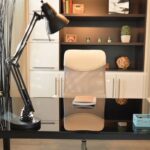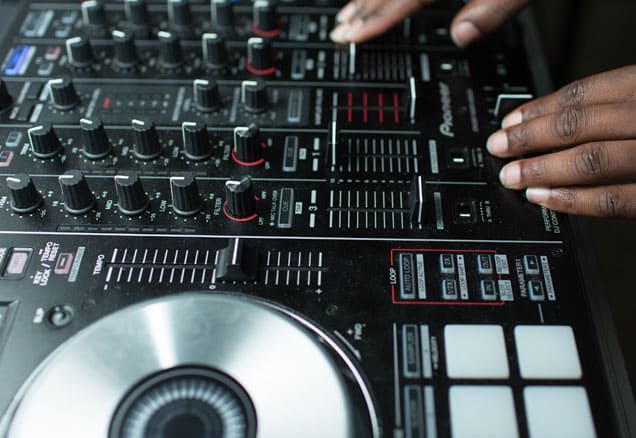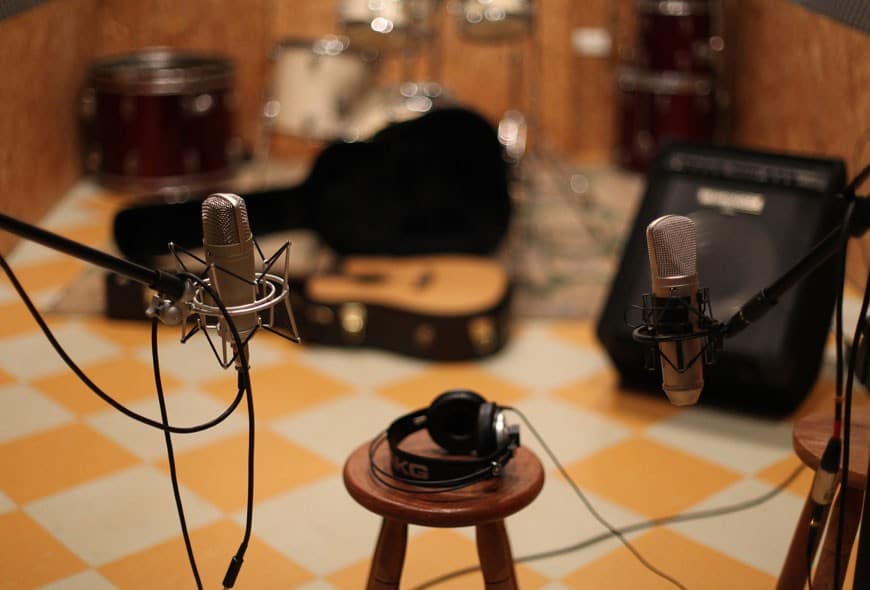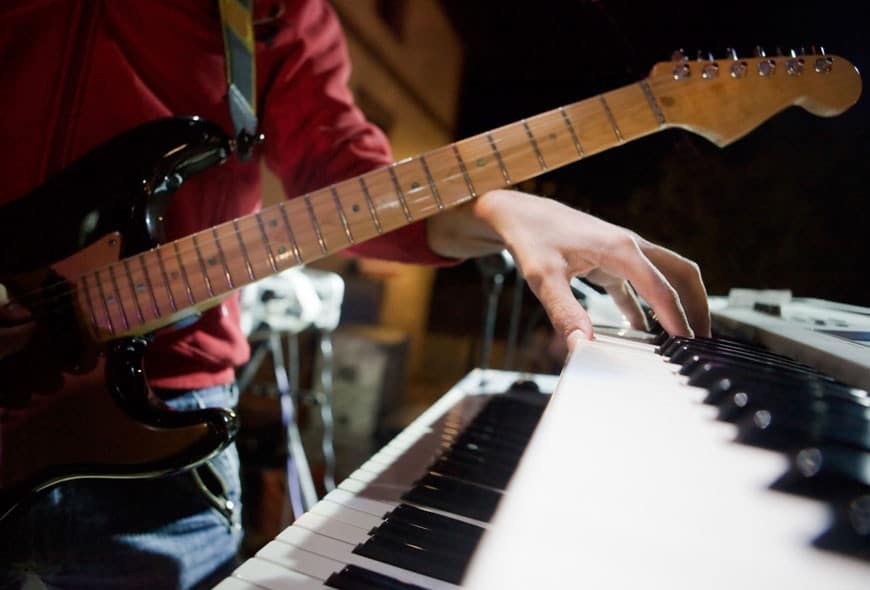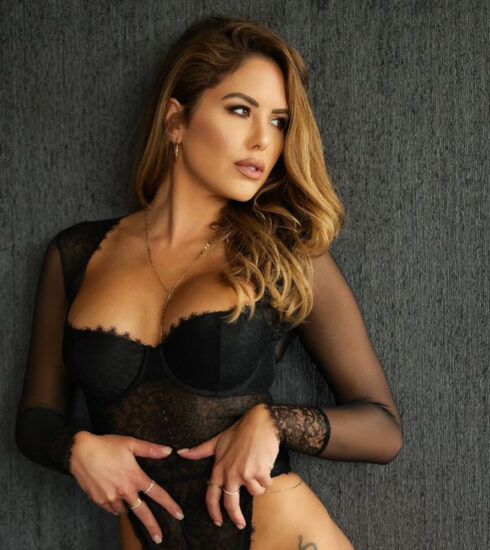The Basic Components of a DIY Home Music Studio
Designing your own home music studio is a dream come true for a lot of people. The best part about it, aside from using it for your personal needs whenever you feel like it, is that you can turn it into a profitable business. While this entire project is usually quite expensive, genuine sound enthusiasts believe the real value of a studio can’t be measured with money. After all, how can you put a price tag on a dream?
Should you decide to pursue your dream, the following list covers the basic room set up and equipment necessary to design a home music studio.
Anatomy of a home music studio
Sound-proofing
A quality home studio starts with a room that is completely sound-proof. The importance of sound-proofing will depend on both your location and the instruments you intend to use. Unfortunately, in order to do a proper sound isolation you will have to sacrifice a lot of space, so select a room large enough to comfortably accommodate your equipment. A garage or basement is usually the most obvious choice. Any larger and the sound proofing alone will cost you a fortune.
Getting the right gear
Begin with a strong IT infrastructure and purchase the proper hardware. For a computer, your safest bet is to buy a Mac. Add a M-audio soundcard and a quality mixer by Soundcraft or Yamaha. As for studio software, Cubase or Apple Logic Pro X are both good choices. Finally, studio work can be lengthy so invest in an ergonomic office chair for your back. After all, your health should come first.
Musical instruments
It is absurd to even think about designing a home music studio if you are not willing to invest heavily in instruments. Start with a quality guitar, Gibson and Fender are as quality gear as you can get. Add a Marshall amplifier to the mix and enjoy the beauty of the sound it will create. Another essential instrument to have is a piano. You can get a great digital piano and save some space instead of getting a regular piano. Next, purchase a drum kit, Ludwig will do just fine. The final touch is selecting the right microphone. Your options here are many, but if you want to play it safe and save some money along the way a Shure SM58 or Sennheiser MD421 will do nicely.
Decoration
If you had an office, you would try to decorate it to allow for maximum productivity. Why not do the same with your studio?
Create a good vibe with energizing and warm colors. Bright hues of orange or red will keep you energized and make you more productive. Adding wall to wall carpet is also a good idea, especially for absorbing sound. And if you can afford it, installing a mood-enhancing lighting system adds a finishing touch.
Building your own home music studio from scratch might seem daunting, but when it’s complete the emotional and financial rewards will be well worth the effort.


